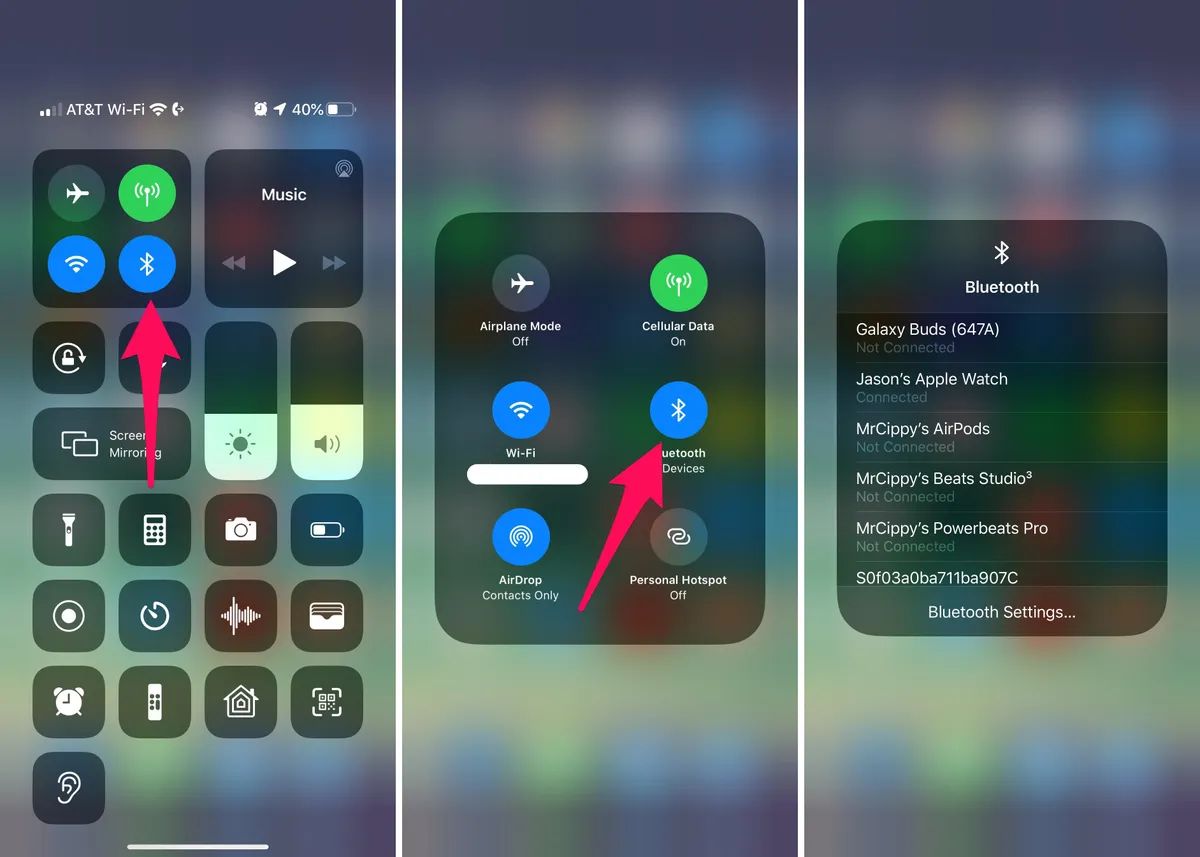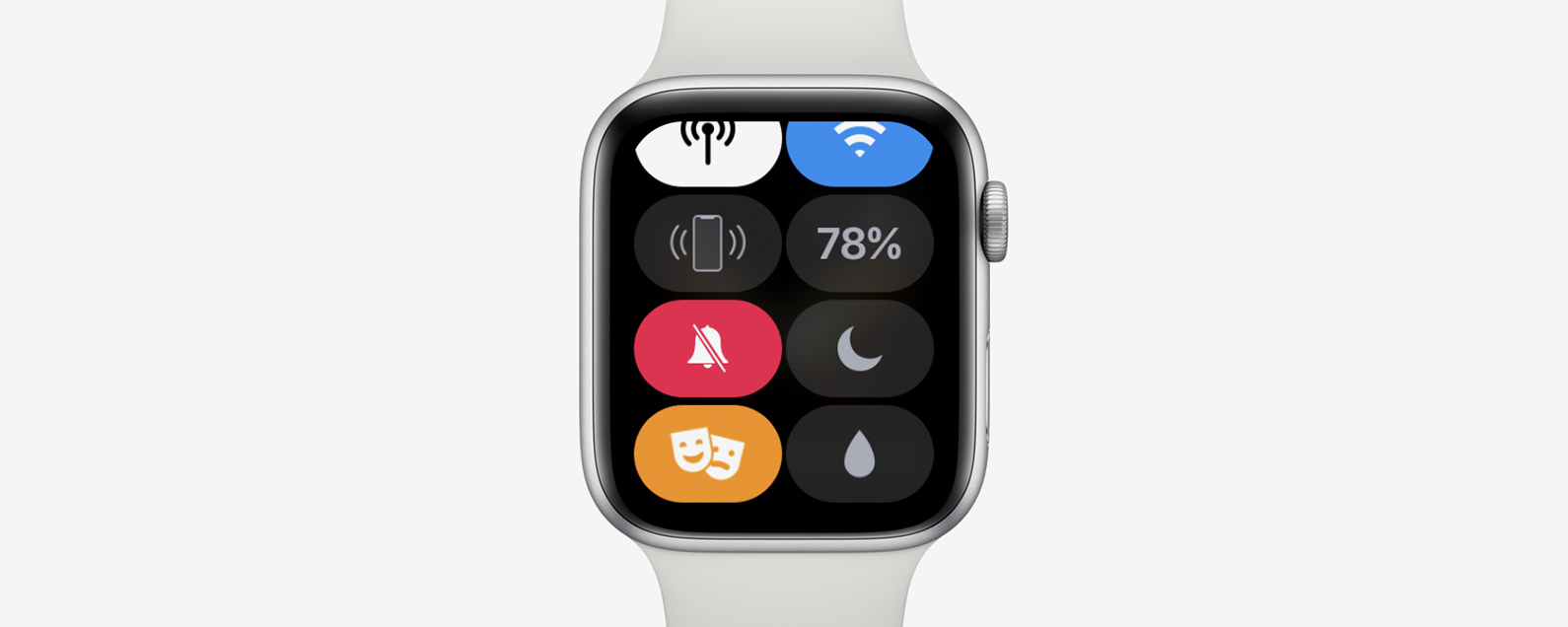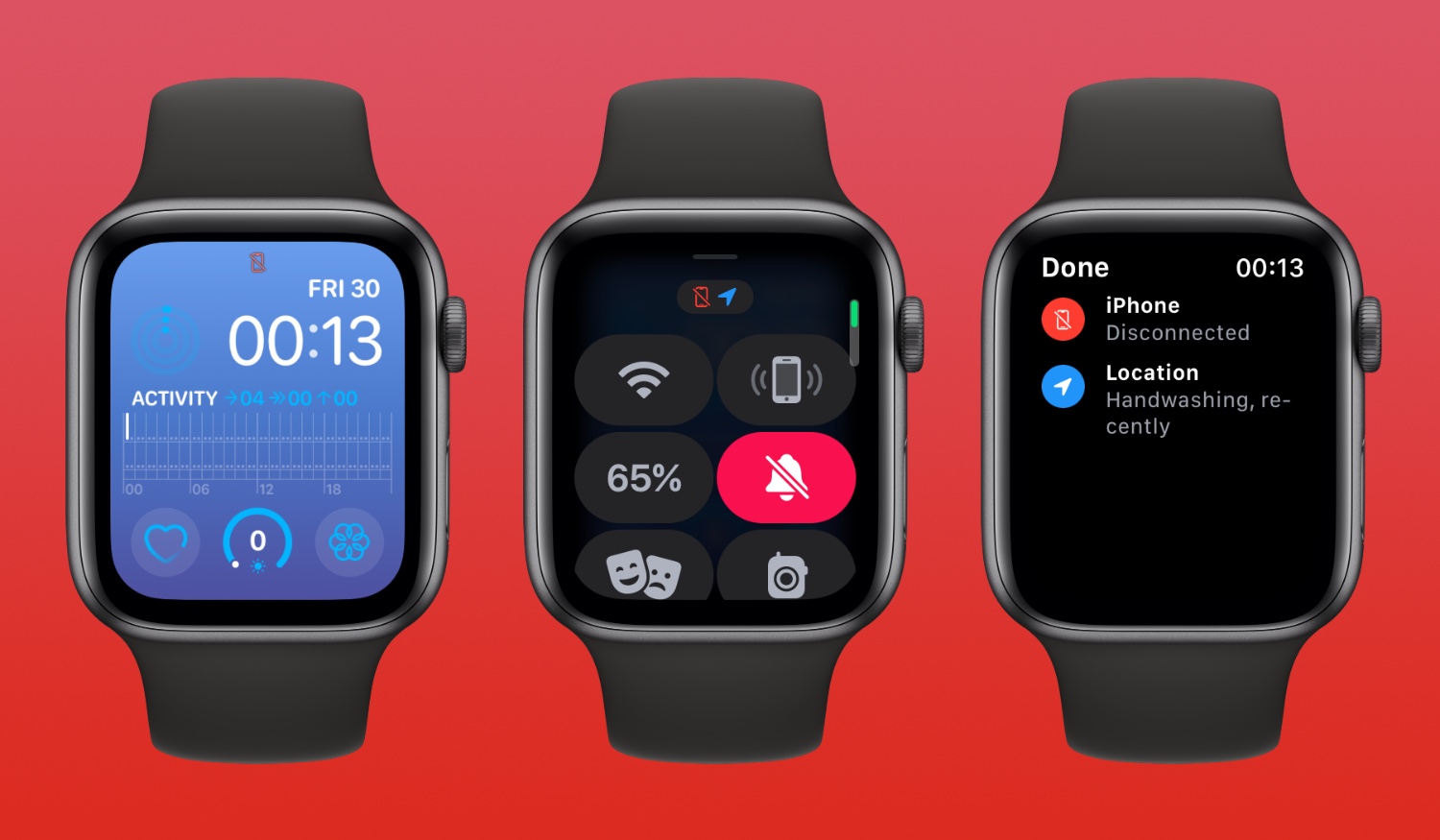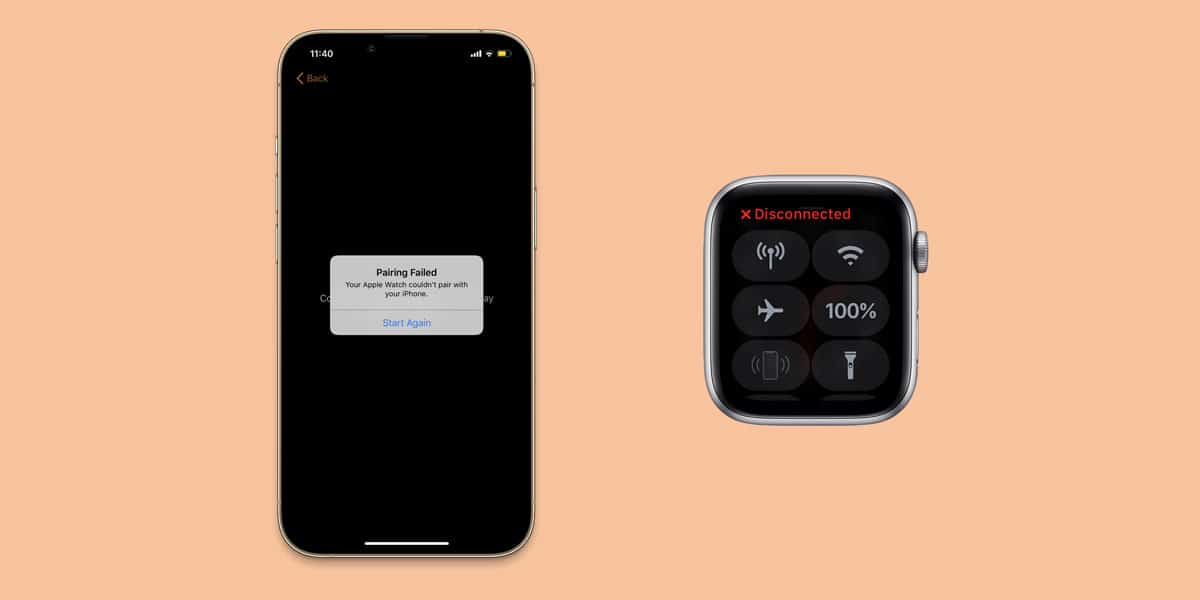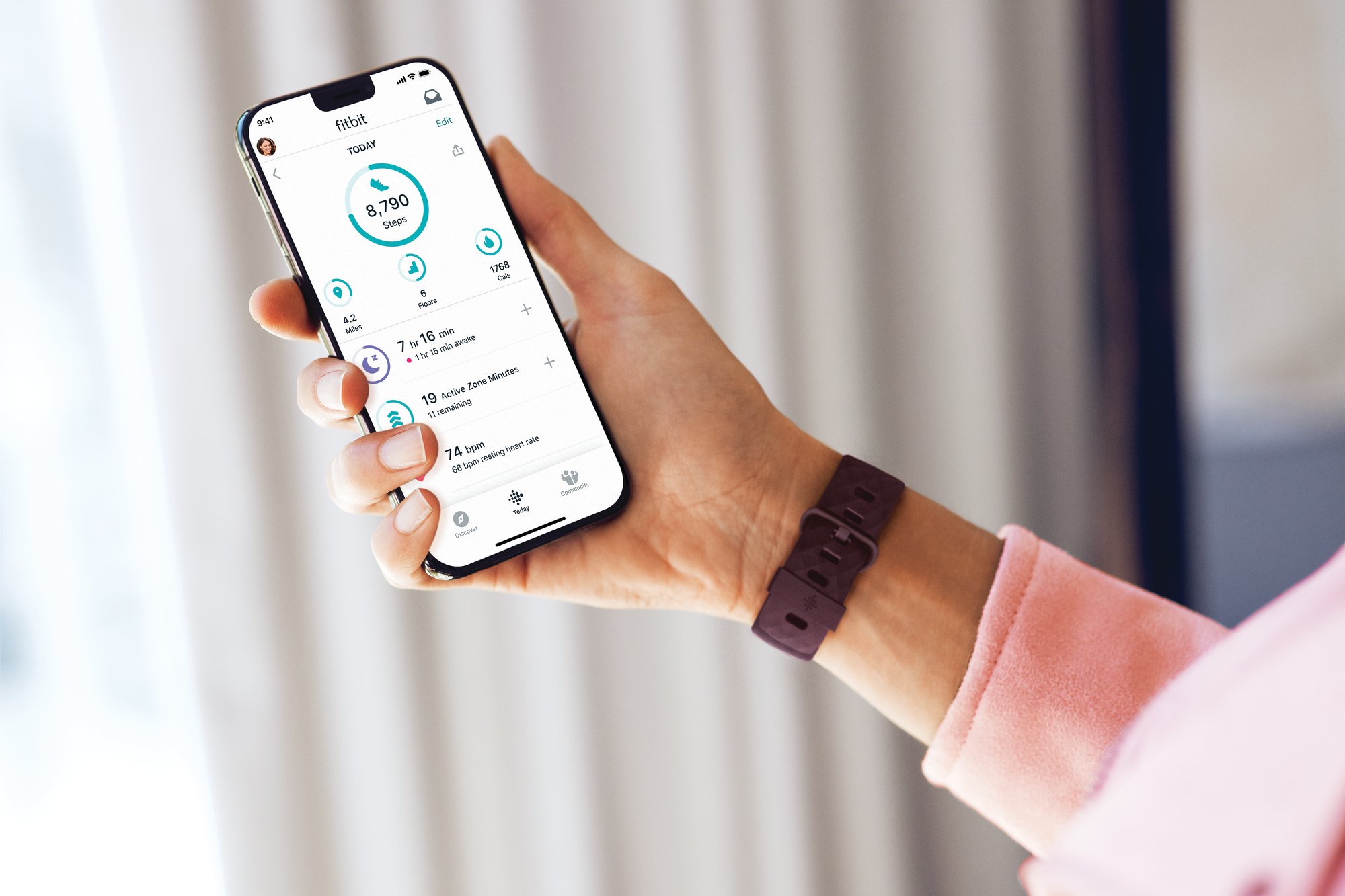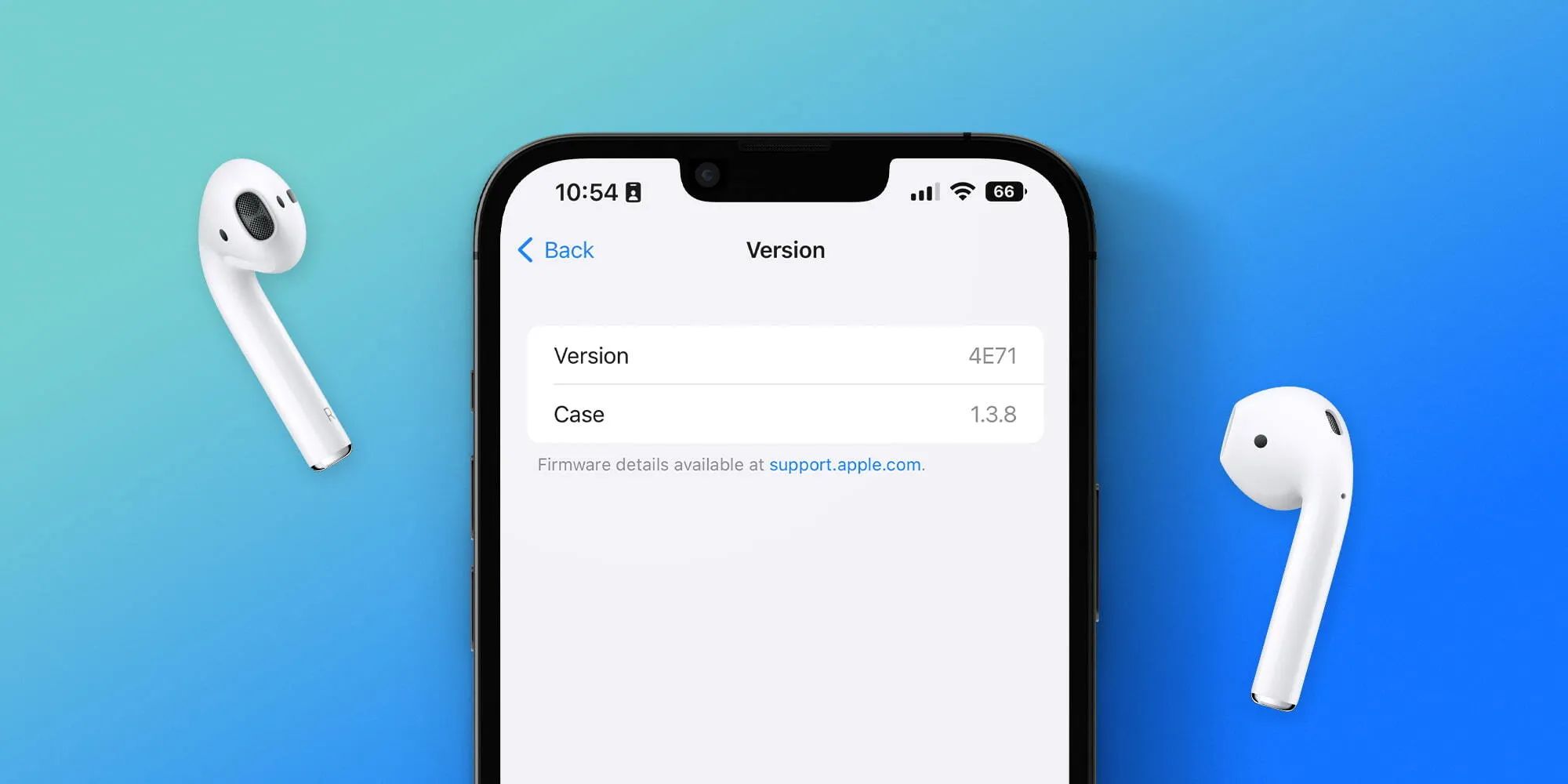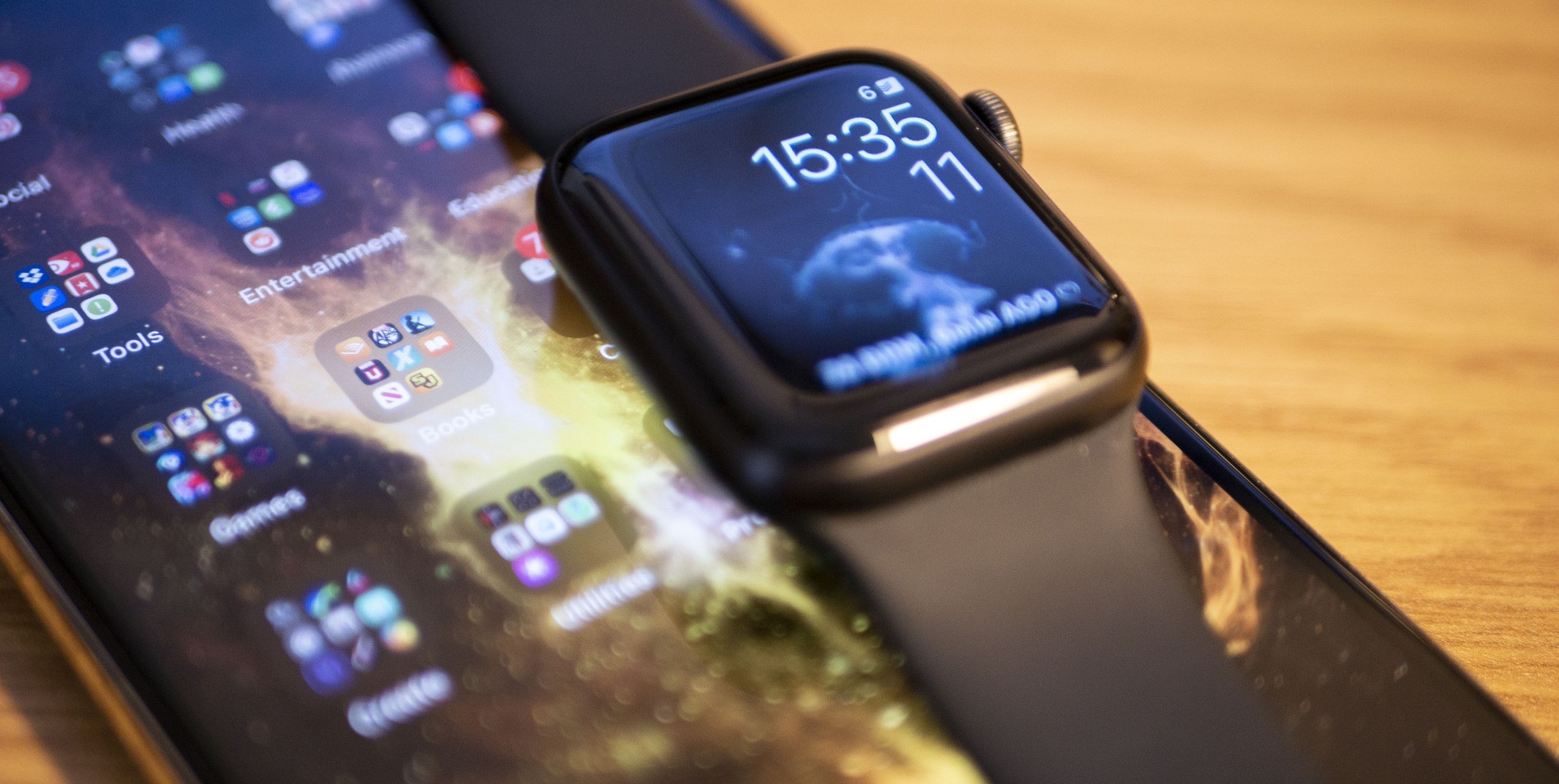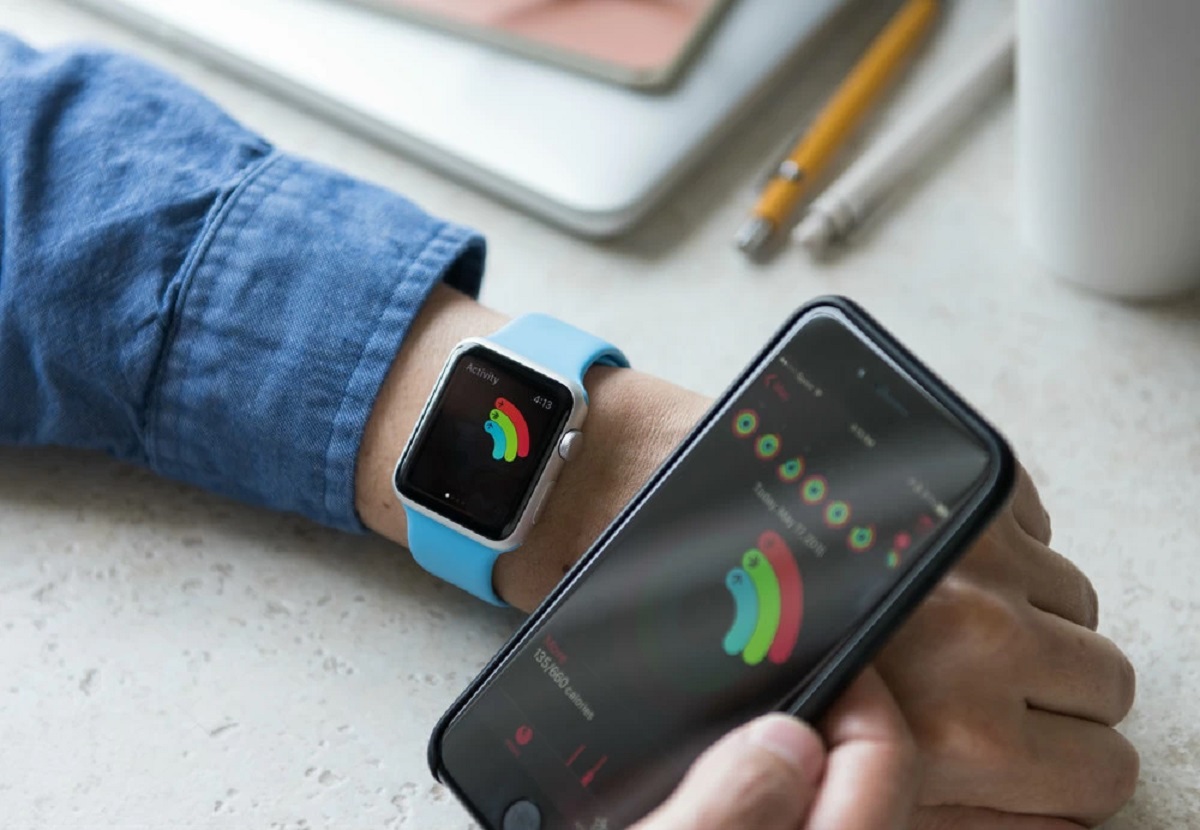Common Bluetooth Issues on iPhone
Bluetooth connectivity issues can be frustrating, especially when using your iPhone to connect to wireless devices such as headphones, speakers, or car audio systems. However, you are not alone in experiencing these problems. Many iPhone users encounter common Bluetooth issues that can hinder their ability to connect and use these devices seamlessly.
One of the most prevalent Bluetooth issues on iPhones is the inability to connect or pair with a device properly. This can be caused by a variety of factors, including outdated software, conflicting settings, or even a hardware malfunction. Other issues may include frequent disconnections, poor audio quality, or devices not appearing in the list of available Bluetooth devices.
Fortunately, there are several steps you can take to resolve these Bluetooth issues on your iPhone. Here are some troubleshooting methods that can help you get your Bluetooth working smoothly again:
- Restarting Your iPhone: Sometimes, a simple restart can fix minor software glitches that may be affecting Bluetooth functionality. Press and hold the power button until the “slide to power off” slider appears, then slide it to turn off your iPhone. After a few seconds, press and hold the power button again until the Apple logo appears to restart your device.
- Turning Bluetooth On and Off: Toggling the Bluetooth switch in the Control Center or the Settings app can help refresh the connection and resolve minor issues. Swipe down from the top-right corner of the screen (or swipe up from the bottom on older iPhone models) to access the Control Center, then tap the Bluetooth icon to turn it off. Wait for a few seconds and then tap the icon again to turn it back on.
- Forgetting the Connected Bluetooth Device: If you are having trouble connecting to a specific device, try “forgetting” it from your iPhone’s Bluetooth settings. To do this, go to Settings, tap Bluetooth, find the device in the list, and tap on the “i” icon next to it. Tap the “Forget This Device” option and confirm. Then, re-pair the device by following the manufacturer’s instructions.
- Resetting Network Settings: Resetting your network settings can help resolve Bluetooth connectivity issues caused by corrupted network configurations. To do this, go to Settings, tap General, tap Reset, and select “Reset Network Settings.” Keep in mind that this will also clear your saved Wi-Fi networks and passwords, so you’ll need to reconnect to Wi-Fi networks manually.
These are just a few of the steps you can take to troubleshoot common Bluetooth issues on your iPhone. If the problem persists, you may need to try more advanced solutions, such as updating iOS, resetting all settings, or even restoring your iPhone to factory settings. Remember, if you’re unsure of how to proceed or need further assistance, don’t hesitate to contact Apple Support for expert guidance.
Restarting Your iPhone
When encountering Bluetooth connectivity issues on your iPhone, one of the simplest and most effective troubleshooting steps you can take is to restart your device. This straightforward solution can resolve many minor software glitches that may be affecting Bluetooth functionality.
To restart your iPhone, follow these steps:
- Press and hold the power button located on the side or top of your iPhone until the “slide to power off” slider appears on the screen.
- Drag the slider from left to right to turn off your device.
- After a few seconds, press and hold the power button again until the Apple logo appears on the screen, indicating that your iPhone is restarting.
Once your iPhone has restarted, check if the Bluetooth issue has been resolved. Attempt to connect to your desired Bluetooth device and verify if the connection is successful.
Keep in mind that restarting your iPhone not only refreshes the system processes but also clears temporary files and caches that could potentially interfere with Bluetooth functionality. This quick and simple solution is often enough to fix minor software-related Bluetooth problems.
If restarting your device doesn’t resolve the Bluetooth issue, proceed to the next troubleshooting steps to further troubleshoot the problem. It’s important to remember that a single solution may not work for every Bluetooth issue. Don’t worry, though – there are several other methods you can try to get your Bluetooth working smoothly again on your iPhone.
Turning Bluetooth On and Off
If you’re experiencing Bluetooth connectivity issues on your iPhone, one of the first steps you should take is to toggle the Bluetooth switch on and off. This simple solution can help refresh the connection and resolve minor issues that may be preventing your iPhone from properly connecting to Bluetooth devices.
Here’s how you can turn Bluetooth on and off on your iPhone:
- To access the Control Center, swipe down from the top-right corner of the screen on newer iPhone models (or swipe up from the bottom on older models).
- Look for the Bluetooth icon, which resembles a stylized “B” and tap on it to turn off Bluetooth. The icon will turn gray, indicating that Bluetooth is now disabled.
- Wait for a few seconds and then tap the Bluetooth icon again to turn it back on. The icon should turn blue, indicating that Bluetooth is now enabled.
Alternatively, you can turn Bluetooth on and off through the Settings app. Here’s how:
- Open the Settings app on your iPhone.
- Scroll down and tap on “Bluetooth” to access Bluetooth settings.
- Toggle the switch next to Bluetooth to turn it off. The switch will turn white, indicating that Bluetooth is now disabled.
- Wait for a few seconds and then toggle the switch back to turn Bluetooth back on. The switch will turn green, indicating that Bluetooth is now enabled.
After toggling Bluetooth on and off, try reconnecting to your desired Bluetooth device and check if the issue has been resolved. This simple step can help reestablish the connection and eliminate any temporary glitches that may have been interfering with the Bluetooth functionality on your iPhone.
If the Bluetooth issue persists even after toggling Bluetooth on and off, there are additional troubleshooting steps you can try. Stay tuned to learn more about resolving common Bluetooth issues on your iPhone.
Forgetting the Connected Bluetooth Device
If you’re having trouble connecting to a specific Bluetooth device with your iPhone, one effective troubleshooting step is to “forget” the device from your iPhone’s Bluetooth settings. This process helps to remove any existing connection data and allows you to start fresh when reconnecting the device.
To forget a connected Bluetooth device on your iPhone, follow these steps:
- Open the Settings app on your iPhone.
- Scroll down and tap on “Bluetooth” to access Bluetooth settings.
- Under “MY DEVICES,” you will see a list of the Bluetooth devices that have been previously connected to your iPhone.
- Identify the device you wish to forget and tap on the “i” icon next to it.
- On the device details page, tap on “Forget This Device” and confirm your selection when prompted.
Once you have successfully forgotten the Bluetooth device, it will be removed from your iPhone’s list of connected devices. This clears any existing pairing information and allows you to establish a new connection with the device.
After forgetting the device, follow the manufacturer’s instructions to put the Bluetooth device in pairing mode. Then, go back to the Bluetooth settings on your iPhone and select the device from the list of available devices. Follow the on-screen prompts to complete the pairing process.
Forgetting the connected Bluetooth device is particularly useful when you’re experiencing connection issues, such as frequent disconnects or devices not appearing in the list of available devices. By starting fresh, you can eliminate any potential conflicts or corrupted settings that may be causing the connectivity problems.
If forgetting the device doesn’t resolve the Bluetooth issue, there are additional steps you can take to troubleshoot the problem. We’ll explore more troubleshooting methods in the upcoming sections, so stay tuned to learn how to fix common Bluetooth issues on your iPhone.
Resetting Network Settings
If you’re still experiencing Bluetooth connectivity issues on your iPhone, resetting the network settings can help resolve any underlying network-related problems that may be affecting your Bluetooth connection. This process will remove your saved Wi-Fi networks and passwords, so be prepared to reconnect to Wi-Fi networks manually afterward.
To reset network settings on your iPhone, follow these steps:
- Open the Settings app on your iPhone.
- Scroll down and tap on “General” to access general settings.
- Scroll down again and tap on “Reset.”
- Tap on “Reset Network Settings.” You may be prompted to enter your passcode or Apple ID password for authentication.
- Confirm your selection when prompted.
After resetting the network settings, your iPhone will restart, and all network-related settings will be restored to their default values. This includes Wi-Fi, cellular, and Bluetooth settings. You will need to reconnect to your Wi-Fi networks manually by going to Settings > Wi-Fi and selecting your desired network.
By resetting the network settings, you are essentially clearing any corrupted network configurations that may be interfering with Bluetooth connectivity on your iPhone. This can help address issues such as devices not appearing in the list of available Bluetooth devices or constant disconnections.
After resetting network settings, try reconnecting to your Bluetooth device and check if the issue has been resolved. If the problem persists, there are additional troubleshooting methods you can explore to restore proper Bluetooth functionality on your iPhone.
In the following sections, we will discuss more advanced troubleshooting steps, such as updating iOS, resetting all settings, and restoring your iPhone to factory settings. These methods should only be attempted if the simpler solutions mentioned earlier do not resolve the Bluetooth issue. Stay tuned to learn more about how to fix common Bluetooth problems on your iPhone.
Updating iOS on Your iPhone
Keeping your iPhone’s operating system up to date is crucial for ensuring optimal performance and resolving any software-related issues, including Bluetooth connectivity problems. Outdated iOS versions can contain bugs or compatibility issues that may affect the functioning of various features, including Bluetooth.
To update the iOS on your iPhone, follow these steps:
- Connect your iPhone to a stable Wi-Fi network.
- Open the Settings app on your iPhone.
- Scroll down and tap on “General” to access general settings.
- Tap on “Software Update.”
- If an update is available, you will see a message indicating this. Tap on “Download and Install” to proceed with the update.
- If prompted, enter your passcode and agree to the Terms and Conditions.
- Wait for the update to download and follow the on-screen instructions to complete the installation. Your iPhone will restart, and the update will be applied.
By updating your iPhone’s iOS, you ensure that you have the latest bug fixes, security enhancements, and compatibility improvements, which can address any Bluetooth-related issues caused by outdated software.
Once the update is complete, try reconnecting to your Bluetooth device and test if the issue has been resolved. In many cases, updating the iOS on your iPhone can fix Bluetooth connectivity problems and restore smooth operation.
If the Bluetooth issue persists even after updating iOS, don’t worry – there are still other troubleshooting steps you can take. In the next sections, we’ll discuss resetting all settings and restoring your iPhone to factory settings, which are more advanced solutions that can help resolve persistent Bluetooth problems. Remember to follow these methods only if simpler solutions have been unsuccessful in resolving the issue.
Resetting All Settings on Your iPhone
If you’re still experiencing Bluetooth connectivity issues on your iPhone, resetting all settings can be an effective troubleshooting step. This process will reset all your device settings to their factory defaults, without affecting your personal data or media.
To reset all settings on your iPhone, follow these steps:
- Open the Settings app on your iPhone.
- Scroll down and tap on “General” to access general settings.
- Scroll down again and tap on “Reset.”
- Tap on “Reset All Settings.” You may be prompted to enter your passcode or Apple ID password for authentication.
- Confirm your selection when prompted.
After resetting all settings, your iPhone will restart, and all settings including network, display, sound, and privacy settings, among others, will be restored to their default values. However, your personal data, apps, and media will not be affected.
This method can help resolve Bluetooth issues caused by conflicting or incorrect settings on your iPhone. By starting fresh with default settings, you eliminate any potential misconfigurations that may be interfering with the Bluetooth connectivity.
After the reset, reconnect your iPhone to your desired Bluetooth device and verify if the issue has been resolved. It’s important to note that you will need to set up your customized settings again, such as Wi-Fi networks, wallpapers, and privacy preferences.
If resetting all settings doesn’t fix the Bluetooth problem, there is one final troubleshooting step you can attempt – restoring your iPhone to its factory settings. However, it’s important to note that this method will erase all data and settings on your iPhone, so make sure to create a backup before proceeding.
In the upcoming section, we will discuss the process of restoring your iPhone to factory settings and provide guidance on how to back up your data. This should only be considered as a last resort if all other troubleshooting methods have been unsuccessful in resolving the Bluetooth issue.
Restoring Your iPhone to Factory Settings
If you have exhausted all other troubleshooting methods and are still experiencing persistent Bluetooth problems on your iPhone, restoring it to factory settings may be the last resort. This process erases all content and settings on your device, bringing it back to its original out-of-the-box state.
Before proceeding with a factory reset, it is crucial to create a backup of your iPhone. This will ensure that you don’t lose any important data or media files. You can back up your iPhone using iCloud or iTunes.
To restore your iPhone to factory settings, follow these steps:
- Connect your iPhone to a computer with the latest version of iTunes installed.
- Launch iTunes and select your iPhone when it appears.
- In the Summary tab, click on “Restore iPhone” (or “Restore Backup”) and confirm your selection.
- Wait for the restore process to complete. This may take some time, and your iPhone will restart multiple times.
- Once the restore is finished, you can set up your iPhone as new or restore it from the backup you created earlier.
Restoring your iPhone to factory settings eliminates any software-related issues, including complex Bluetooth problems. It ensures that your device is returned to its original state, without any settings or configurations that may have been causing the Bluetooth issue.
Keep in mind that a factory reset will erase all data on your iPhone. Therefore, it’s crucial to have a backup beforehand. Once the restore process is complete, you’ll need to reconnect to your Bluetooth devices and set up your iPhone from scratch.
If you’ve followed all the troubleshooting steps and the Bluetooth problem persists even after restoring your iPhone to factory settings, it may be necessary to contact Apple Support or visit an authorized service center to further diagnose and fix the hardware-related issue.
Remember, restoring your iPhone to factory settings should only be considered as a last resort when all other methods have failed to resolve the persistent Bluetooth issue.
Contacting Apple Support for Assistance
If you have tried all the troubleshooting methods mentioned earlier and are still experiencing Bluetooth issues on your iPhone, it may be time to seek professional assistance from Apple Support. They have a team of experts who can provide personalized guidance and help resolve any persistent problems you are facing.
To contact Apple Support, you have several options:
- Visit the Apple Support website and initiate a chat session with a support representative.
- Call Apple Support directly and explain the Bluetooth issue you are encountering.
- Schedule an appointment at an Apple Store or authorized service provider for an in-person support session.
When contacting Apple Support, be prepared to provide details about the Bluetooth issue you are experiencing. Include relevant information such as the specific devices you are trying to connect to, any error messages you have encountered, and the troubleshooting steps you have already taken.
The Apple Support team will guide you through additional troubleshooting steps or provide guidance on potential solutions. They may also suggest bringing your device in for further evaluation or repair if necessary.
Remember, Apple Support is there to assist you and provide the best possible solution for your Bluetooth problem. They have extensive knowledge and resources to diagnose and resolve complex issues that may require expert intervention.
If your device is covered by AppleCare or is still within the warranty period, any necessary repairs or replacements may be covered, depending on the specific circumstances.
Don’t hesitate to reach out to Apple Support if you’re struggling with Bluetooth connectivity problems on your iPhone. They are dedicated to assisting customers and finding a resolution to technical issues, ensuring that you can enjoy a seamless Bluetooth experience with your iPhone once again.







